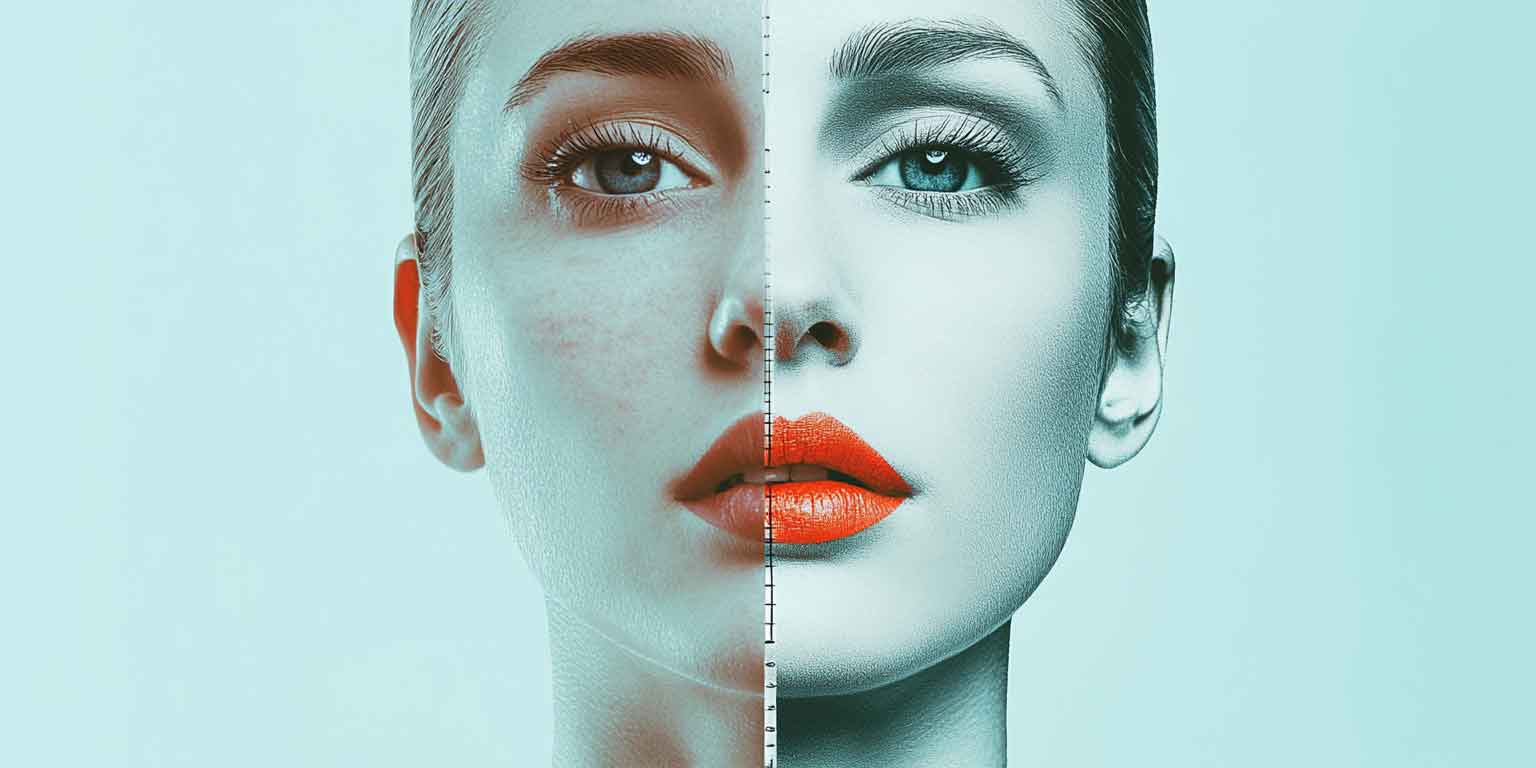Where Not to Inject Botox® — Tales of Botox Fails
By Dr. Stephen Cosentino
PRESIDENT OF EMPIRE MEDICAL TRAINING
Botox® treatment has become an incredibly popular cosmetic procedure in recent years. Its widespread availability and seemingly routine nature have led many patients and aspiring providers to assume that anyone can administer it. However, this misconception can lead to serious consequences.
The Risks of Improper Botox Administration
When Botox is administered incorrectly, the chances of side effects and complications increase significantly. These can range from mild and temporary issues to severe or even life-threatening conditions. While the majority of Botox patients experience few, if any, side effects, those who receive treatment from poorly trained providers may encounter unexpected and undesirable outcomes.
Potential Side Effects of Botox
- Mild and temporary:
- Pain, swelling, or bruising at the injection site
- Headache
- Flu-like symptoms
- Temporary facial asymmetry
- Severe or potentially life-threatening:
- Difficulty swallowing or breathing
- Vision problems
- Muscle weakness
- Allergic reactions
- Spread of toxin effects
Real-World Examples of Botox Mishaps
To illustrate the importance of working with trained professionals, let's examine some real-world cases of Botox treatments gone wrong:
1. Whitney Buha's Drooping Eyelid
Chicago-based lifestyle influencer Whitney Buha had received Botox treatments for years without complications. However, in early 2020, a routine injection to smooth fine lines around her eyes resulted in uneven eyebrows. Seeking to correct this, Buha returned to the spa for a second procedure.
Unfortunately, this follow-up treatment led to a more serious issue. Within days, Buha's right eyelid was noticeably drooping, a condition known as ptosis. To compensate, her left eye widened, resulting in an unnatural facial expression. Although Buha's ptosis was temporary and didn't deter her from future Botox treatments, her experience serves as a reminder of the importance of working with skilled injectors.
2. Kathy Leeman's Under-Eye Puffiness
Kathy Leeman, another long-time Botox user, experienced sudden, unusual puffiness under her eyes, which she attributed to repeated injections. After trying various topical remedies like creams and rollers without success, Leeman eventually found relief through acupuncture treatments.
3. Nikita Kimberly's Crooked Smile
TikTok influencer Nikita Kimberly's experience highlights the risks associated with off-label Botox injections performed by inadequately trained providers. Kimberly sought Botox treatment for chin dimpling, a less common indication that requires expertise. The injection resulted in a crooked smile, a swollen left chin, and a reluctance to pursue further treatment. While her facial symmetry is expected to return after a few months as the medication dissipates, her story underscores the importance of working with trained professionals for any Botox procedure, especially less common applications.
The Importance of Trained Medical Professionals
To minimize the risk of both minor side effects and potentially serious complications, Botox injections should only be administered by properly trained medical professionals. Skilled injectors possess the knowledge and experience to determine precisely where to inject botox and, equally important, where not to inject it.
Key Considerations for Botox Injections
- Anatomy knowledge: Understanding facial muscles and their interactions
- Proper technique: Administering the correct amount at the right depth
- Patient assessment: Evaluating individual needs and contraindications
- Safety protocols: Following best practices to minimize risks
- Complication management: Ability to recognize and address potential issues
A comprehensive botox face chart can provide valuable information on the appropriate injection sites and areas to avoid. This resource is beneficial for both injectors and patients who want to ensure they receive safe and effective treatment.
Choosing a Qualified Botox Provider
When considering Botox treatment, it's essential to select a qualified provider, whether they're a licensed nurse or a board-certified dermatologist. Before agreeing to any treatment, ask your provider about their training and certifications in botulinum toxin administration.
Questions to Ask Your Potential Botox Provider
- Have you completed comprehensive medical training for botulinum toxin treatment?
- How many Botox procedures have you performed?
- Can you provide before-and-after photos of your previous patients?
- What is your approach to addressing potential complications?
- Are you certified in other cosmetic procedures, such as dermal fillers or microdermabrasion?
Remember that trained Botox providers are likely to be certified in other popular cosmetic procedures. This breadth of knowledge can be beneficial if you're considering additional treatments to enhance your appearance.
The Future of Botox: Advancements and Considerations
As Botox continues to grow in popularity, ongoing research and development are leading to new applications and improved techniques. Some areas of advancement include:
- Micro-Botox: A technique involving superficial injections for more subtle results
- Combination therapies: Integrating Botox with other treatments for enhanced outcomes
- Long-lasting formulations: Research into Botox variants with extended duration
- Personalized treatment plans: Tailoring injections based on individual facial dynamics
While these advancements promise exciting possibilities, they also underscore the need for ongoing education and training among providers. As techniques evolve, it becomes even more critical for patients to seek out professionals who stay current with the latest developments in the field.
Conclusion: Prioritizing Safety and Efficacy in Botox Treatment
Botox can be an effective tool for addressing various cosmetic concerns and even certain medical conditions. However, its efficacy and safety heavily depend on the skill and knowledge of the provider administering the treatment. By choosing a qualified, well-trained professional and staying informed about the procedure, patients can maximize the benefits of Botox while minimizing potential risks.
Remember, while Botox is a common and generally safe procedure, it is still a medical treatment that requires expertise to administer properly. Don't hesitate to ask questions, research providers thoroughly, and prioritize your safety above all else. With the right approach and a skilled provider, you can enjoy the benefits of Botox with confidence and peace of mind.


